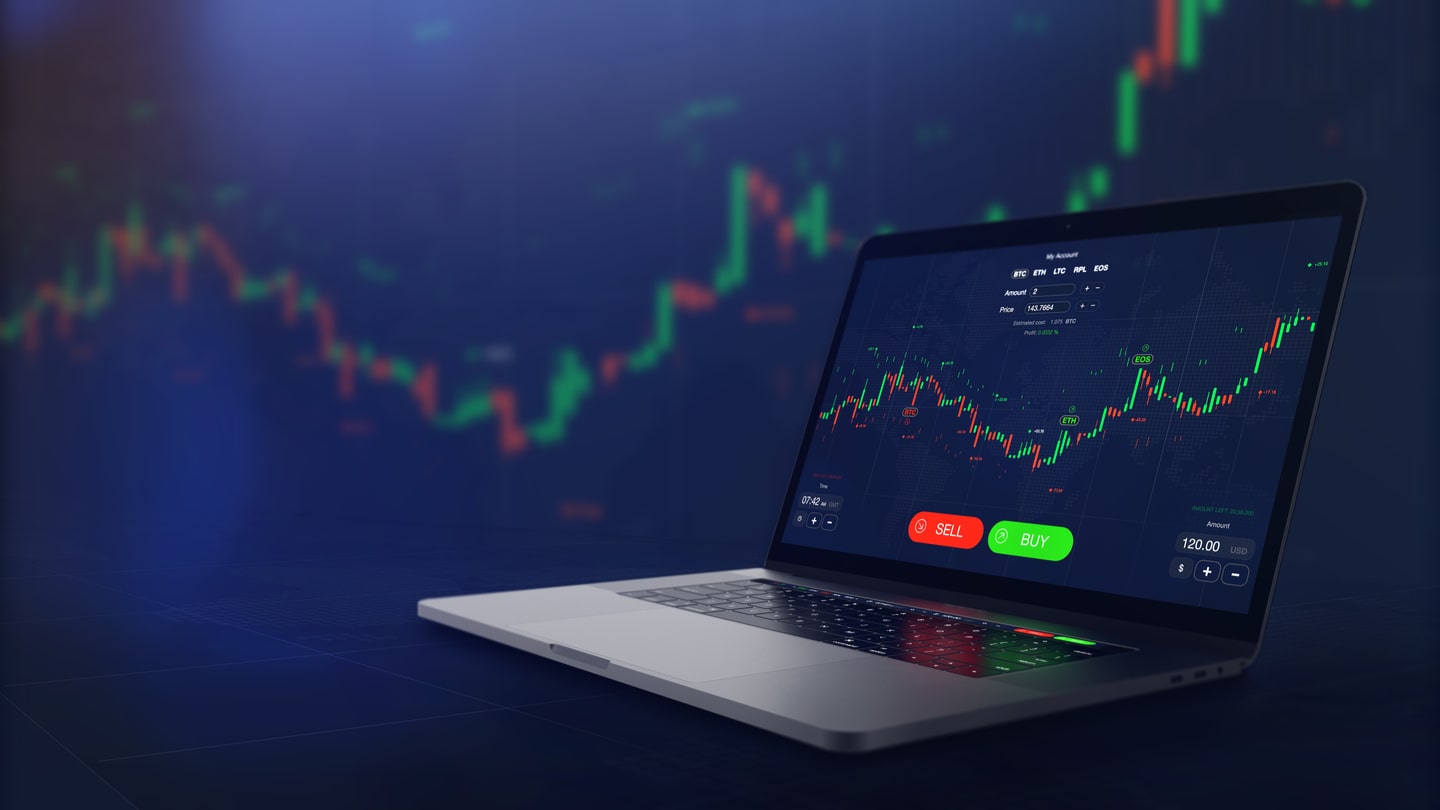If you’re reading this, it’s very likely that you already know that MetaTrader 4 is a trading platform that is used to trade financial instruments like stocks, futures and indices. MQL4 is one of the most popular platforms for trading digital assets. Cryptocurrencies are becoming more mainstream every day, and if you’re interested in trading these digital assets then MQL4 could be the ideal choice for you. The only problem is that many traders don’t fully understand how to use MQL4 effectively or what its pros and cons are. This article will go over everything from the basics to advanced strategies and tactics. So buckle up…
MT4 is a trading platform that allows users to trade a variety of financial assets, including stocks, commodities, options, futures and indices. It’s available for both desktop and mobile platforms and is used by millions of traders worldwide. Its main benefits include the fact that it’s a really easy-to-use platform, even for those who are new to trading. It supports a wide range of trading instruments and allows users to create trading strategies easily. All in all, it’s a great option for those who want to trade a variety of financial assets and create complex trading strategies.
With the growing popularity of cryptocurrencies, more people than ever are trading digital assets. However, many of these people have no idea how to go about it. If you’re looking for an easy-to-use platform that will help you get started trading cryptocurrencies, then MetaTrader 4 could be a good option for you. MT4 is one of the most popular platforms for trading digital assets, and it’s used by millions of traders worldwide. It’s a really easy-to-use platform, even for those who are new to trading. It supports a wide range of trading instruments and allows users to create trading strategies easily. All in all, it’s a great option for those who want to trade a variety of financial assets and create complex trading strategies.
With any trading platform, knowing which strategies to use and which to avoid is essential if you want to be successful. As long as you have a solid trading strategy, you’ll be able to successfully make trades while balancing risk with potential rewards. In order to find the best strategies for MQL4, we’ve conducted in-depth research and analyzed the best practices of traders all over the world. We’ve also reviewed hundreds of trading strategies and identified the most successful ones. If you want to learn the best strategies for trading cryptocurrencies on MT4, keep reading to find out what we’ve got for you.
Now, before we dive into the best strategies for MQL4, there’s one important thing we need to make abundantly clear. MT4 isn’t for everyone. You need to have a good understanding of financial markets and basic trading concepts before you start trading. It’s also important to note that trading cryptocurrencies is a high-risk activity, and you can’t protect yourself from large losses if you don’t know what you’re doing. Therefore, if you’re not ready to take high risks and deal with large losses, then you should probably wait until you are. If you’re ready to trade cryptocurrencies, but don’t know where to start, then MQL4 is a great option for you. Traders of all experience levels can join the platform and start trading immediately.
Now that we’ve covered the need-to-know basics, it’s time for us to start learning about the best strategies for MQL4. Before we get into that, it’s important that we go over a few more topics so we have a better understanding of how the platform works and what’s required to be an effective trader. First of all, it’s important to have an understanding of what factors influence the price of a financial asset, because that will help you make better trading decisions. Understanding the difference between supply and demand, the roles of supply and demand curves and how to determine an asset’s supply are all essential when it comes to trading. One more thing that’s important to remember is that while the best trading strategies are based on calculations and assumptions, they’re still just assumptions.



